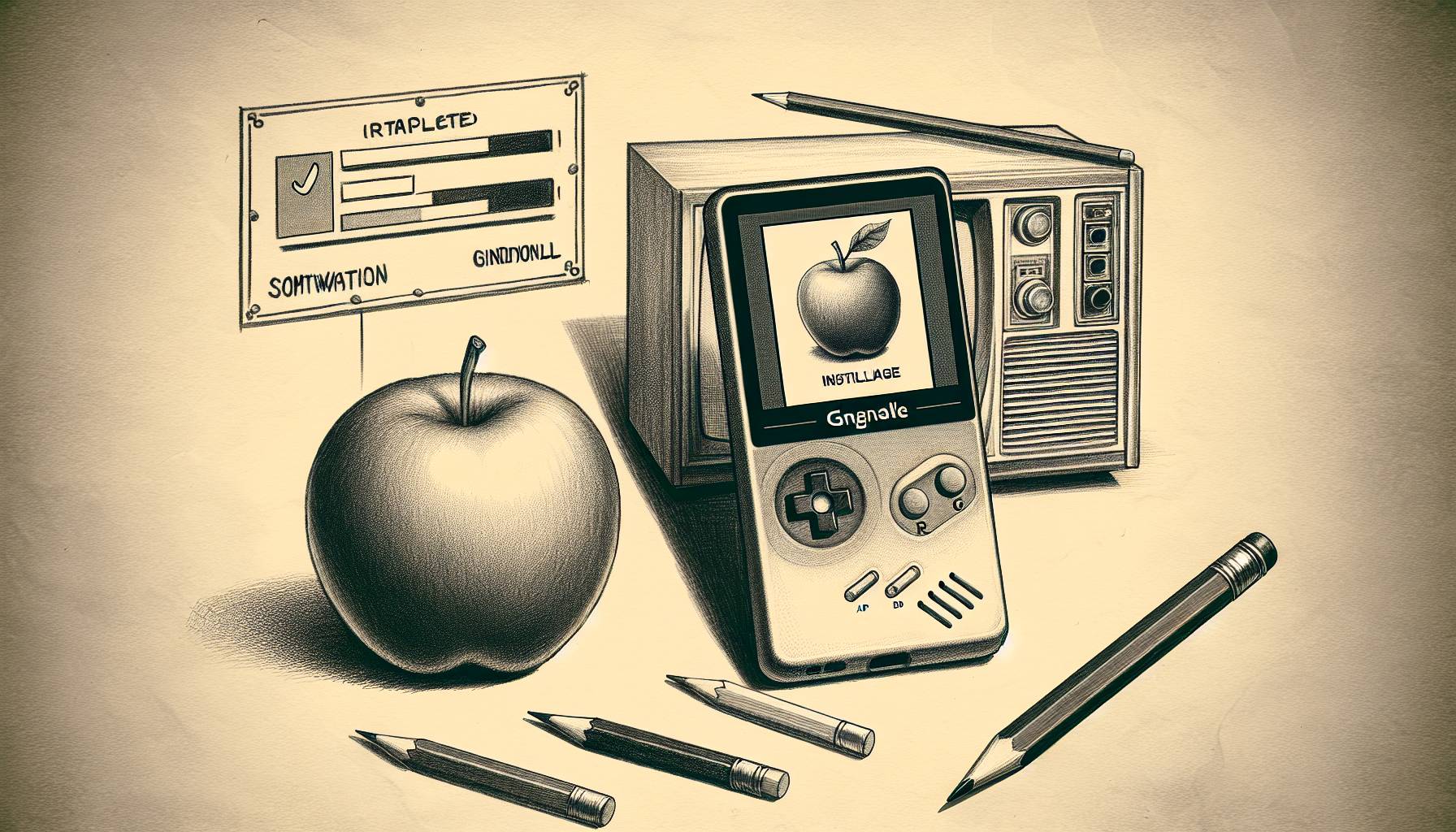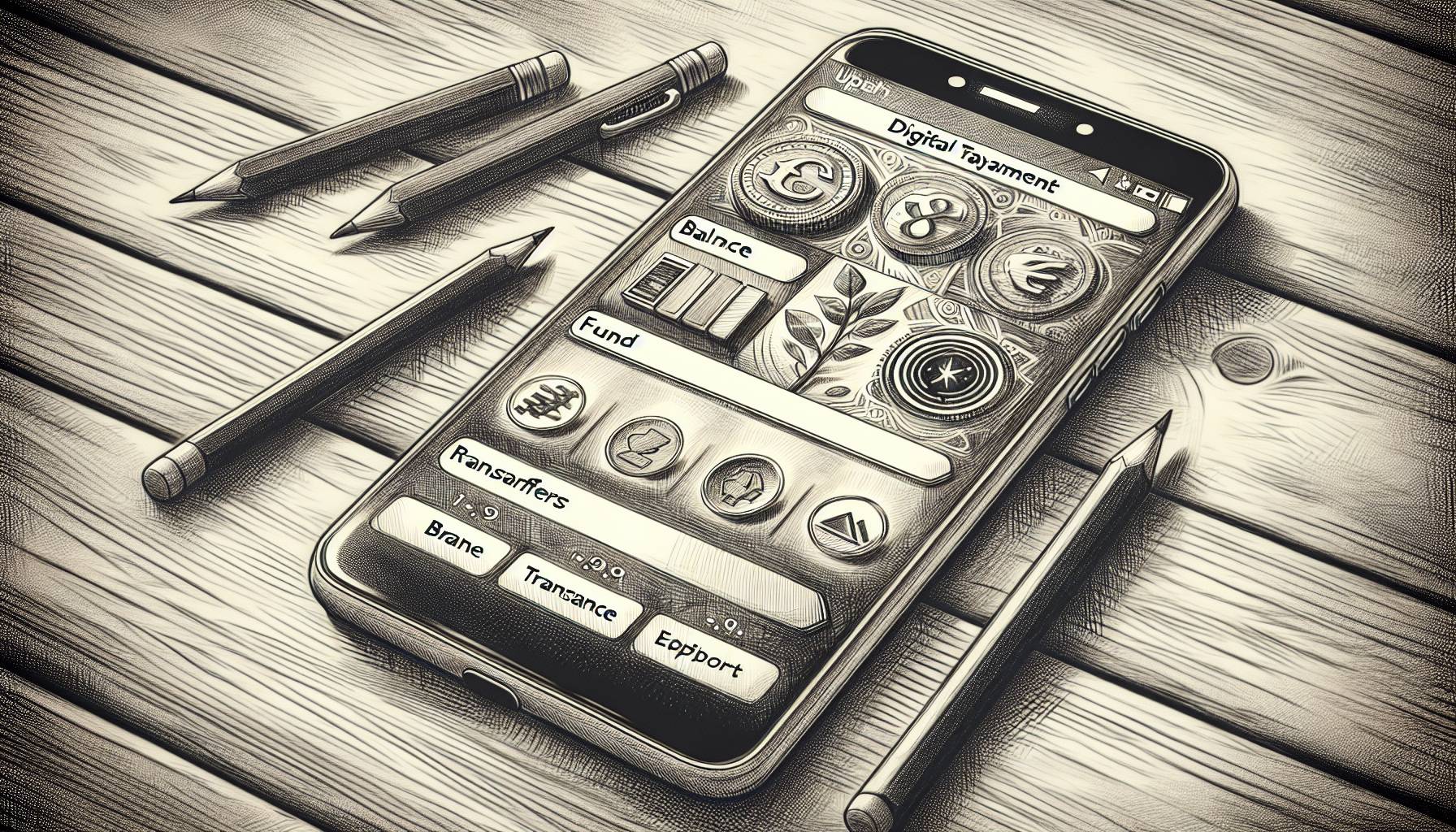


Reddy resumes campaign undeterred after attack
NewsReports Staff April 16, 2024

Biden approves Samsung’s $6.4 billion semiconductor deal
The U.S. President, Joe Biden, recently announced a landmark deal with South Korean tech giant, Samsung. This deal, involving an investment of $6.4 billion, approves
Georgia Bartlett April 16, 2024 3:32 pm

Biden urges house approval for security legislation
Georgia Bartlett April 16, 2024 8:34 am

Airchat reintroduced, embracing voice-based social interaction
Georgia Bartlett April 15, 2024 5:12 pm

Apple modifies App Store policy, enables game emulator apps
Jake Mazzotti April 15, 2024 1:16 pm

Masters Tournament integrates VR and AI for enhanced fan engagement
Sofia Hernandez April 15, 2024 7:35 am

Why All-in-One Solutions are the Economic Solution for Your Business
Sofia Hernandez April 15, 2024 5:01 am
The latest

Sonos gears up for major app upgrade
NewsReports Staff April 12, 2024 5:59 pm

Dating apps evolve amid user dissatisfaction, safety concerns
April Isaacs April 12, 2024 8:54 am

Google wallet upgrade enhances mobile payments
Georgia Bartlett April 12, 2024 7:42 am

Interest rate cut delay likely due to inflation
Georgia Bartlett April 11, 2024 3:10 pm
A publication where apps, business, and technology come together to tell stories.
NewsReports.com has been a haven for app geeks and business nerds. We provide content to a global audience via the internet, with a focus on finding trends before anyone else. The publication aims to provide highly reliable and highly accessible insights for all.
As seen in





